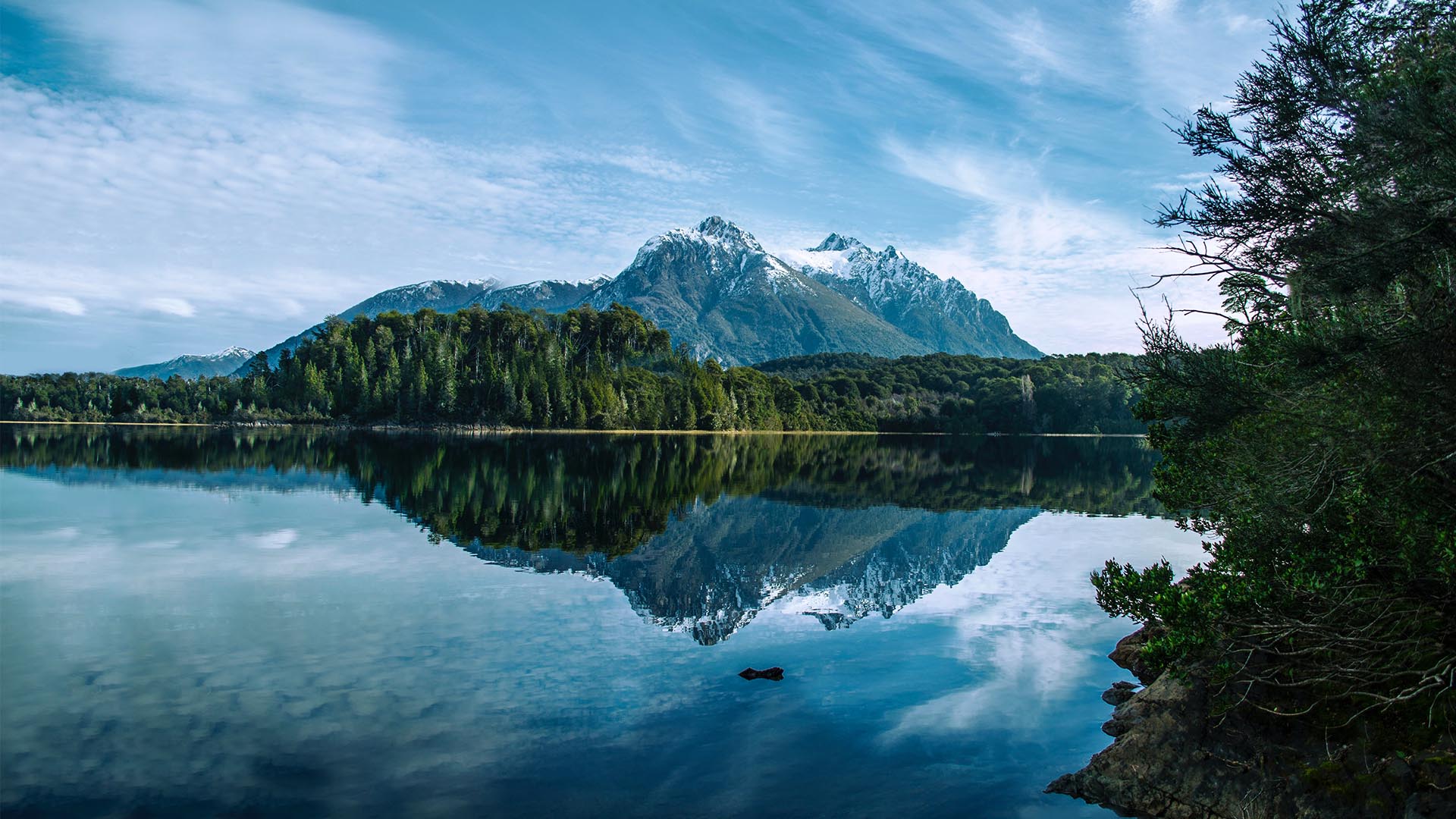Would you like to use Wallpapers.com in English?
Free AI Graphic Tools
-
![Lory Bird Wallpapers]()
Lory Bird Wallpapers -
![Pochard Wallpapers]()
Pochard Wallpapers -
![Harrier Bird Wallpapers]()
Harrier Bird Wallpapers -
![Urial Wallpapers]()
Urial Wallpapers -
![Topi Wallpapers]()
Topi Wallpapers -
![Lapwing Wallpapers]()
Lapwing Wallpapers -
![Tiger Snake Wallpapers]()
Tiger Snake Wallpapers -
![Rockhopper Penguin Wallpapers]()
Rockhopper Penguin Wallpapers -
![Curlew Wallpapers]()
Curlew Wallpapers -
![Frigatebird Wallpapers]()
Frigatebird Wallpapers -
![Hoatzin Wallpapers]()
Hoatzin Wallpapers -
![Rock Hyrax Wallpapers]()
Rock Hyrax Wallpapers -
![Tree Kangaroo Wallpapers]()
Tree Kangaroo Wallpapers -
![Kingfisher Wallpapers]()
Kingfisher Wallpapers -
![Boa Constrictor Wallpapers]()
Boa Constrictor Wallpapers -
![Quetzal Wallpapers]()
Quetzal Wallpapers -
![Mallard Wallpapers]()
Mallard Wallpapers -
![Wildebeest Wallpapers]()
Wildebeest Wallpapers -
![Ladybird Wallpapers]()
Ladybird Wallpapers -
![Macaw Wallpapers]()
Macaw Wallpapers -
![Cute Wallpapers]()
Cute Wallpapers -
![Cool Wallpapers]()
Cool Wallpapers -
![Anime Wallpapers]()
Anime Wallpapers -
![Aesthetic Wallpapers]()
Aesthetic Wallpapers -
![Phone Wallpapers]()
Phone Wallpapers -
![Funny Wallpapers]()
Funny Wallpapers -
![Basketball Wallpapers]()
Basketball Wallpapers -
![Best Wallpapers]()
Best Wallpapers -
![Car Wallpapers]()
Car Wallpapers -
![HD Wallpapers]()
HD Wallpapers -
![Cute Christmas Wallpapers]()
Cute Christmas Wallpapers -
![Space Wallpapers]()
Space Wallpapers -
![Gaming Wallpapers]()
Gaming Wallpapers -
![For Girls Wallpapers]()
For Girls Wallpapers -
![Christmas Wallpapers]()
Christmas Wallpapers -
![Cool Anime Wallpapers]()
Cool Anime Wallpapers -
![Aesthetic Christmas Wallpapers]()
Aesthetic Christmas Wallpapers -
![Lock Screen Wallpapers]()
Lock Screen Wallpapers -
![Laptop Wallpapers]()
Laptop Wallpapers -
![NFL Wallpapers]()
NFL Wallpapers -
![Anime 4k Wallpapers]()
Anime 4k Wallpapers -
![HD Wallpapers]()
HD Wallpapers -
![Halloween Wallpapers]()
Halloween Wallpapers -
![Xxxtentacion Wallpapers]()
Xxxtentacion Wallpapers -
![Pc Wallpapers]()
Pc Wallpapers -
![Meme Wallpapers]()
Meme Wallpapers -
![Emo Wallpapers]()
Emo Wallpapers -
![Naruto Wallpapers]()
Naruto Wallpapers -
![NBA Wallpapers]()
NBA Wallpapers -
![Good Wallpapers]()
Good Wallpapers -
![Stitch Wallpapers]()
Stitch Wallpapers -
![4k Wallpapers]()
4k Wallpapers -
![Preppy Wallpapers]()
Preppy Wallpapers -
![Aesthetic For Laptop Wallpapers]()
Aesthetic For Laptop Wallpapers -
![Reddit Wallpapers]()
Reddit Wallpapers -
![Epic Wallpapers]()
Epic Wallpapers -
![Aesthetic Laptop Wallpapers]()
Aesthetic Laptop Wallpapers -
![Dope Wallpapers]()
Dope Wallpapers -
![Cool 4k Wallpapers]()
Cool 4k Wallpapers -
![Cool For Girls Wallpapers]()
Cool For Girls Wallpapers -
![Girly Wallpapers]()
Girly Wallpapers -
![Computer Wallpapers]()
Computer Wallpapers -
![Cute Ipad Wallpapers]()
Cute Ipad Wallpapers -
![Aesthetic Iphone Wallpapers]()
Aesthetic Iphone Wallpapers -
![Dont Touch My Phone Wallpapers]()
Dont Touch My Phone Wallpapers -
![Roblox Wallpapers]()
Roblox Wallpapers -
![Ios 16 Wallpapers]()
Ios 16 Wallpapers -
![Gif Wallpapers]()
Gif Wallpapers -
![Live Wallpapers]()
Live Wallpapers -
![Fall Wallpapers]()
Fall Wallpapers -
![Aesthetic Fall Wallpapers]()
Aesthetic Fall Wallpapers -
![Scary Wallpapers]()
Scary Wallpapers -
![Pokemon Wallpapers]()
Pokemon Wallpapers -
![Chill Wallpapers]()
Chill Wallpapers -
![Gun Wallpapers]()
Gun Wallpapers -
![Dark Wallpapers]()
Dark Wallpapers -
![Scream Wallpapers]()
Scream Wallpapers -
![Cyberpunk Wallpapers]()
Cyberpunk Wallpapers -
![Naruto 4k Wallpapers]()
Naruto 4k Wallpapers -
![Dual Monitor Wallpapers]()
Dual Monitor Wallpapers -
![Pink Wallpapers]()
Pink Wallpapers -
![Black Wallpapers]()
Black Wallpapers -
![Cute Purple Wallpapers]()
Cute Purple Wallpapers -
![Aesthetic Ipad Wallpapers]()
Aesthetic Ipad Wallpapers -
![God Wallpapers]()
God Wallpapers -
![Blue Wallpapers]()
Blue Wallpapers -
![King Von Wallpapers]()
King Von Wallpapers -
![Nle Choppa Wallpapers]()
Nle Choppa Wallpapers -
![Cool Football Wallpapers]()
Cool Football Wallpapers -
![Aesthetic Desktop Wallpapers]()
Aesthetic Desktop Wallpapers -
![Nice Wallpapers]()
Nice Wallpapers -
![Creepy Wallpapers]()
Creepy Wallpapers -
![Iron Man Wallpapers]()
Iron Man Wallpapers -
![Cool Anime Wallpapers]()
Cool Anime Wallpapers -
![Cute Aesthetic Wallpapers]()
Cute Aesthetic Wallpapers -
![Aesthetic Iphone Wallpapers]()
Aesthetic Iphone Wallpapers -
![Tyler The Creator Wallpapers]()
Tyler The Creator Wallpapers -
![IPad Wallpapers]()
IPad Wallpapers -
![Desktop Wallpapers]()
Desktop Wallpapers -
![Aesthetic Anime Wallpapers]()
Aesthetic Anime Wallpapers -
![Sexy Wallpapers]()
Sexy Wallpapers -
![Pretty Wallpapers]()
Pretty Wallpapers -
![Cute Blue Wallpapers]()
Cute Blue Wallpapers -
![Venom Wallpapers]()
Venom Wallpapers -
![Nature Wallpapers]()
Nature Wallpapers -
![Cool Nba Wallpapers]()
Cool Nba Wallpapers -
![Christian Wallpapers]()
Christian Wallpapers -
![Cute Girl Wallpapers]()
Cute Girl Wallpapers -
![Goofy Ahh Picture]()
Goofy Ahh Picture -
![Cool Baseball Wallpapers]()
Cool Baseball Wallpapers -
![4k Wallpapers]()
4k Wallpapers -
![Video Game Wallpapers]()
Video Game Wallpapers -
![Cute Summer Wallpapers]()
Cute Summer Wallpapers -
![Inspirational Wallpapers]()
Inspirational Wallpapers -
![Shoe Wallpapers]()
Shoe Wallpapers -
![Purple Wallpapers]()
Purple Wallpapers -
![Sports Wallpapers]()
Sports Wallpapers -
![Star Wars Wallpapers]()
Star Wars Wallpapers -
![Cool Iphone Wallpapers]()
Cool Iphone Wallpapers -
![Tyreek Hill Wallpapers]()
Tyreek Hill Wallpapers -
![Cool Pokemon Wallpapers]()
Cool Pokemon Wallpapers -
![Demon Slayer Wallpapers]()
Demon Slayer Wallpapers -
![Halo Wallpapers]()
Halo Wallpapers -
![Baseball Wallpapers]()
Baseball Wallpapers -
![Dirt Bike Wallpapers]()
Dirt Bike Wallpapers -
![Overwatch Wallpapers]()
Overwatch Wallpapers -
![Girl Wallpapers]()
Girl Wallpapers -
![Clean Wallpapers]()
Clean Wallpapers -
![Mac 4k Wallpapers]()
Mac 4k Wallpapers -
![Cool Pc Wallpapers]()
Cool Pc Wallpapers -
![Beautiful Wallpapers]()
Beautiful Wallpapers -
![Rick And Morty Wallpapers]()
Rick And Morty Wallpapers -
![Weird Wallpapers]()
Weird Wallpapers -
![IPhone Wallpapers]()
IPhone Wallpapers -
![Animated Wallpapers]()
Animated Wallpapers -
![Destiny 2 Wallpapers]()
Destiny 2 Wallpapers -
![Peppa Pig Wallpapers]()
Peppa Pig Wallpapers -
![Adventure Time Wallpapers]()
Adventure Time Wallpapers -
![Sick Wallpapers]()
Sick Wallpapers -
![Ipad Pro Wallpapers]()
Ipad Pro Wallpapers -
![3440x1440 Wallpapers]()
3440x1440 Wallpapers -
![Cool Wolf Wallpapers]()
Cool Wolf Wallpapers -
![Best Anime Wallpapers]()
Best Anime Wallpapers -
![Thanksgiving Wallpapers]()
Thanksgiving Wallpapers -
![League Of Legends Wallpapers]()
League Of Legends Wallpapers -
![Doom Wallpapers]()
Doom Wallpapers -
![Free Wallpapers]()
Free Wallpapers -
![Dodgers Wallpapers]()
Dodgers Wallpapers -
![Cool Nfl Wallpapers]()
Cool Nfl Wallpapers -
![Fortnite Wallpapers]()
Fortnite Wallpapers -
![Cute Girly Wallpapers]()
Cute Girly Wallpapers -
![Depressing Wallpapers]()
Depressing Wallpapers -
![Cool Naruto Wallpapers]()
Cool Naruto Wallpapers -
![Polo G Wallpapers]()
Polo G Wallpapers -
![Youngboy Wallpapers]()
Youngboy Wallpapers -
![Nba Youngboy Wallpapers]()
Nba Youngboy Wallpapers -
![Gamer Wallpapers]()
Gamer Wallpapers -
![Bestie Wallpapers]()
Bestie Wallpapers -
![Google Wallpapers]()
Google Wallpapers -
![Mobile Wallpapers]()
Mobile Wallpapers -
![Summer Wallpapers]()
Summer Wallpapers -
![Awesome Wallpapers]()
Awesome Wallpapers -
![Call Of Duty Wallpapers]()
Call Of Duty Wallpapers -
![Kendrick Lamar Wallpapers]()
Kendrick Lamar Wallpapers -
![Aesthetic Phone Wallpapers]()
Aesthetic Phone Wallpapers -
![2k Wallpapers]()
2k Wallpapers -
![MLB Wallpapers]()
MLB Wallpapers -
![Sad Wallpapers]()
Sad Wallpapers -
![Joker Wallpapers]()
Joker Wallpapers -
![Hd Phone Wallpapers]()
Hd Phone Wallpapers -
![Cool Blue Wallpapers]()
Cool Blue Wallpapers -
![Ultrawide Wallpapers]()
Ultrawide Wallpapers -
![Cute Puppy Wallpapers]()
Cute Puppy Wallpapers -
![Old Iphone Wallpapers]()
Old Iphone Wallpapers -
![Cool 4k Wallpapers]()
Cool 4k Wallpapers -
![Cute Pink Wallpapers]()
Cute Pink Wallpapers -
![Kyrie Irving Wallpapers]()
Kyrie Irving Wallpapers -
![Y2k Wallpapers]()
Y2k Wallpapers -
![Drippy Wallpapers]()
Drippy Wallpapers -
![Hunting Wallpapers]()
Hunting Wallpapers -
![Cool Black Wallpapers]()
Cool Black Wallpapers -
![Gif Wallpapers]()
Gif Wallpapers -
![Android Wallpapers]()
Android Wallpapers -
![Macbook Wallpapers]()
Macbook Wallpapers -
![Kevin Durant Wallpapers]()
Kevin Durant Wallpapers -
![Cute Butterfly Wallpapers]()
Cute Butterfly Wallpapers -
![Aesthetic Christian Wallpapers]()
Aesthetic Christian Wallpapers -
![Aesthetic Halloween Wallpapers]()
Aesthetic Halloween Wallpapers -
![Giannis Antetokounmpo Wallpapers]()
Giannis Antetokounmpo Wallpapers -
![Pain Wallpapers]()
Pain Wallpapers -
![Green Wallpapers]()
Green Wallpapers -
![Best 4k Wallpapers]()
Best 4k Wallpapers -
![Relaxing Wallpapers]()
Relaxing Wallpapers -
![Iphone 14 Wallpapers]()
Iphone 14 Wallpapers -
![Hd Desktop Wallpapers]()
Hd Desktop Wallpapers -
![Cute Pokemon Wallpapers]()
Cute Pokemon Wallpapers -
![Motivational Wallpapers]()
Motivational Wallpapers -
![Baylen Levine Wallpapers]()
Baylen Levine Wallpapers -
![Captain America Wallpapers]()
Captain America Wallpapers -
![3D Wallpapers]()
3D Wallpapers
























































































































































































































